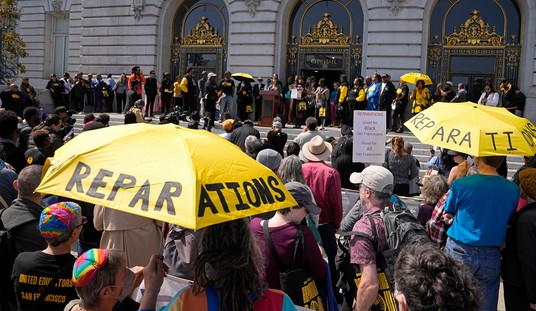I have a piece up at CNN.com that looks into how Texas’ voter ID law performed in its first real-world test.
(CNN) — For weeks leading up to the 2013 off-year elections, prominent Texas Democrats directly blamed the state’s new voter ID law for problems in registration.
First, Judge Sandra Watts said she had a problem because the name on her driver’s license and the name on her voter registration card did not match. It turns out she had left her maiden name on her voter registration. It also turns out that it is the individual’s responsibility to ensure that his or her voter information is up to date. Watts was able to vote.
Then, state Sen. Wendy Davis, the presumed Democratic nominee for Texas governor, said she had a problem, too. Like Watts, the name on her driver’s license did not match the name on her registration card. She signed an affidavit, which the polling place provided, and was able to vote.
Then, nearer Election Day, former Speaker of the House Jim Wright said that he, too, had a problem voting. He said the Texas Department of Public Safety would not give him a voter ID card. But Wright, who is 90, tried to use an expired driver’s license, which for most voters serves as their photo ID. How is this the fault of the state or anyone who supports voter ID? Wright got his card by going home and finding his birth certificate, and was able to vote.
We know of these stories because all three prominent Democrats took those voting problems straight to the media.
What we do not know from these three stories is how the voter ID law actually affected turnout.
Read the article here to see how real numbers that demonstrate how the law performed.









Join the conversation as a VIP Member